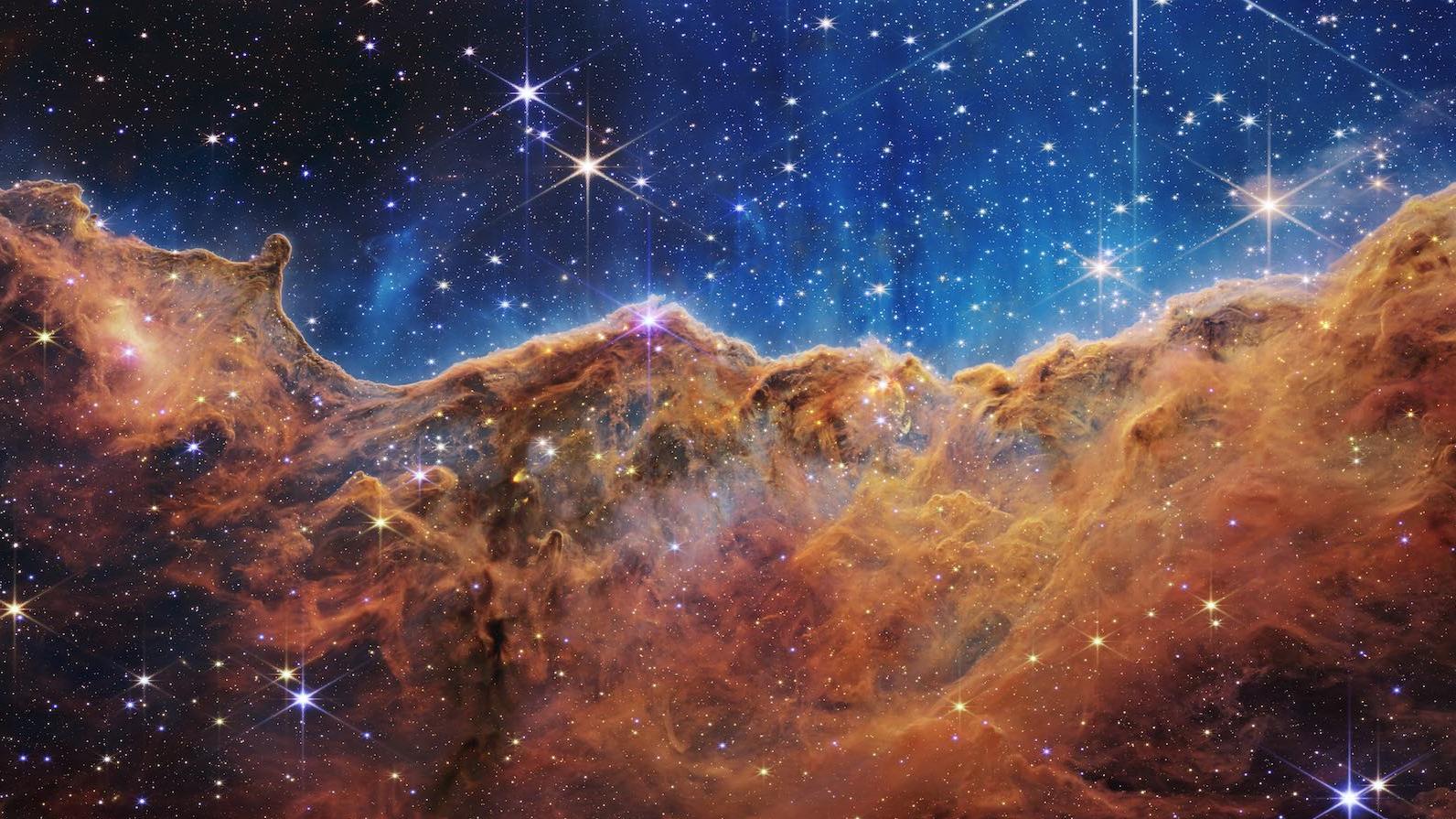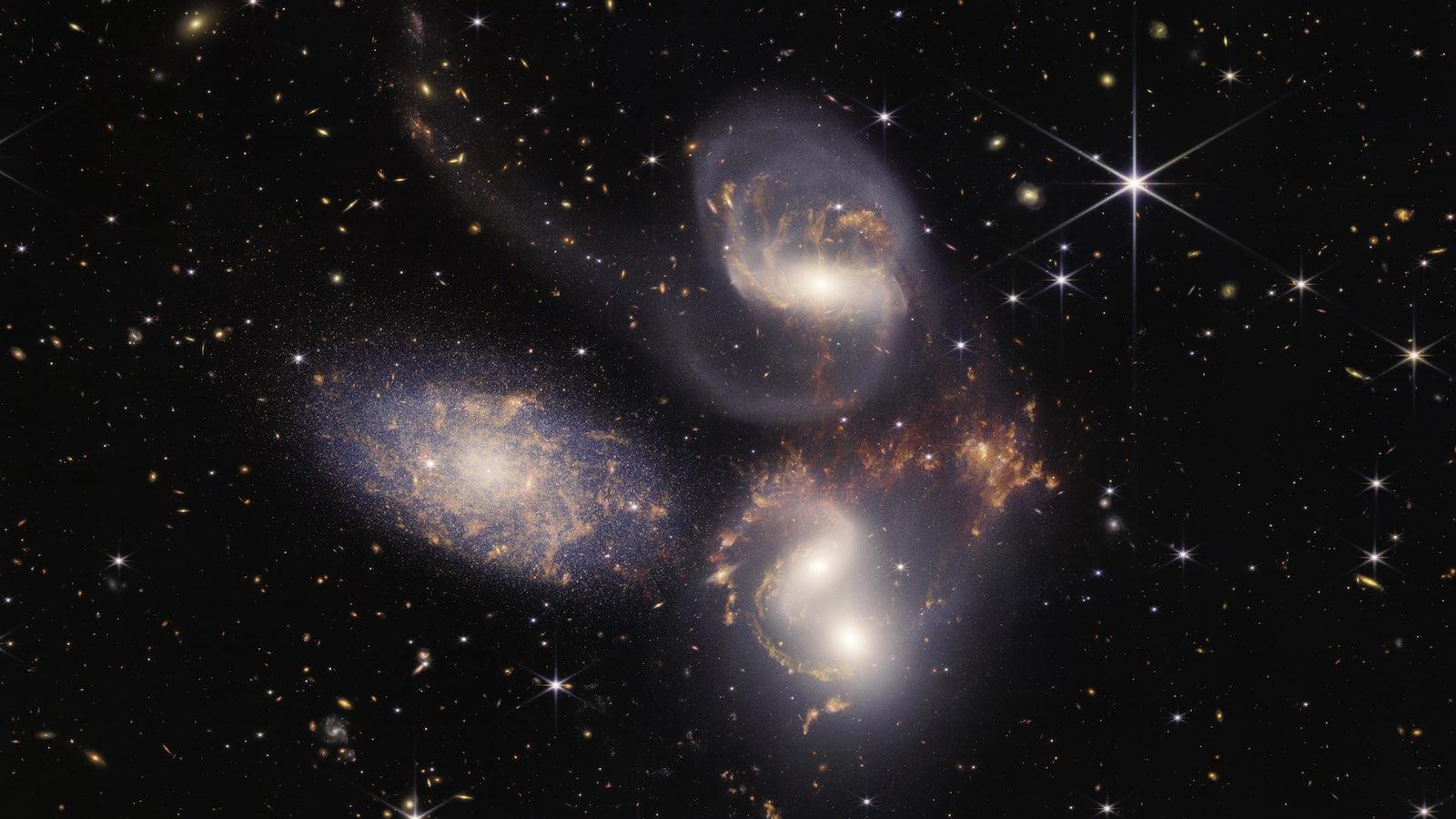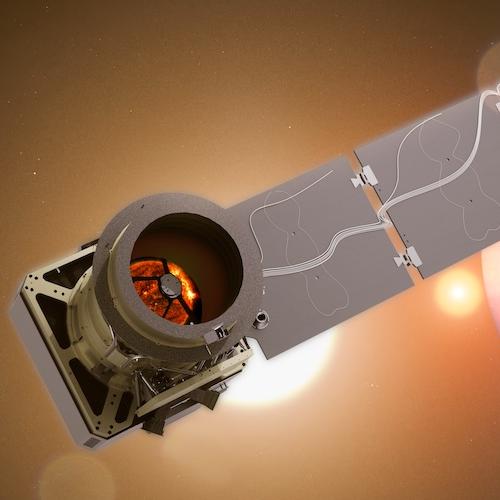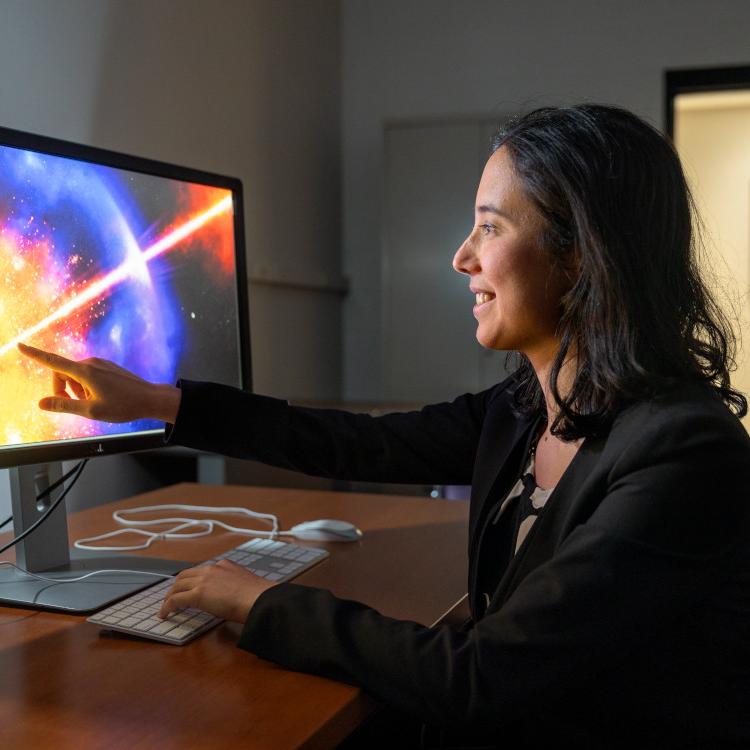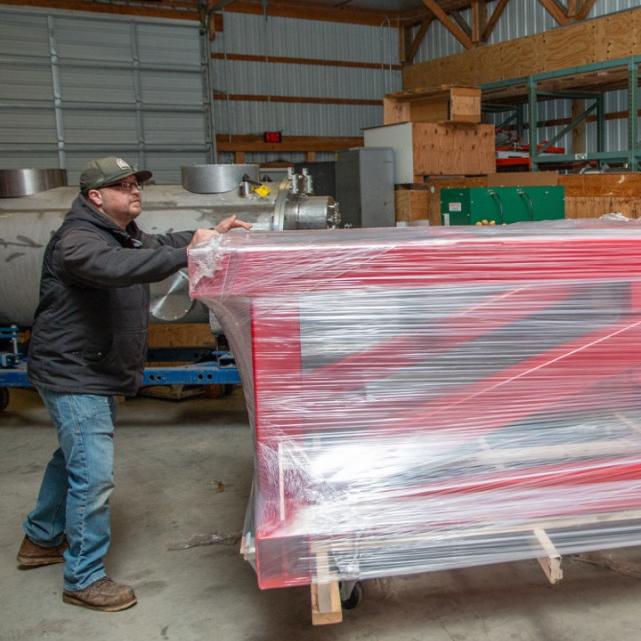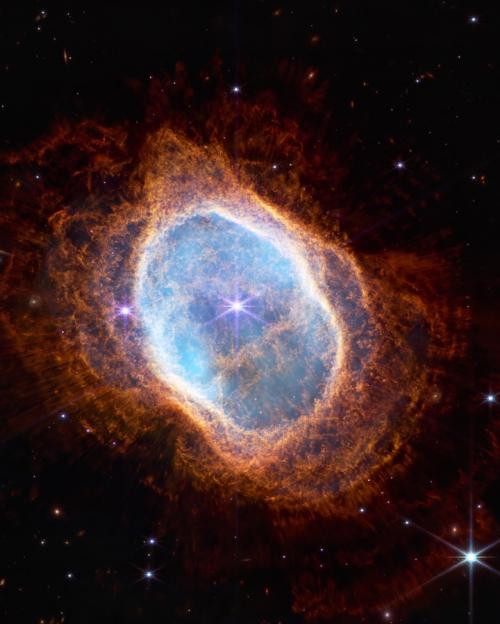As praise pours in for the images released July 12 from NASA’s new James Webb Space Telescope (JWST) – the next-generation telescope able to peer deeper into the cosmos – Cornell astronomy faculty who have worked on the decades-long effort are marking the milestone.
“For the entirety of my scientific career, I have thought about and planned for the giant leap forward in our understanding of the cosmos that JWST would bring,” said Nikole Lewis, associate professor of astronomy and the deputy director of the Carl Sagan Institute in the College of Arts and Sciences. She is the principal investigator for a scientific team investigating exoplanets for the TRAPPIST-1 star system. Her team will observe one of the planets, TRAPPIST-1e, in an effort to not only detect an atmosphere, but also to determine its basic composition. Lewis will also lead 130 hours of guaranteed time observations focused on the detailed study of exoplanet atmospheres with Webb
“Seeing these early release observations are like seeing dreams become reality,” she said. “JWST will do more than take awe-inspiring pictures of the universe around us, it will allow us to determine what stars, galaxies and planets are made of and the processes that gave rise to them.
“These first JWST observations highlight the windows into our universe that it has opened, allowing us to see the previously unseen,” Lewis said.
Ray Jayawardhana, the Harold Tanner Dean of Arts and Sciences and Hans A. Bethe Professor of Astronomy, has been part of the telescope’s Near-Infrared Imager and Slitless Spectrograph (NIRISS) instrument for two decades.
Jayawardhana and Lisa Kaltenegger, associate professor of astronomy and director of the Carl Sagan Institute (A&S), are part of a team that will dedicate 200 hours of telescope time to characterize exoplanets.
“With its unprecedented sensitivity in the infrared, Webb will peer back in time at the earliest galaxies in the farthest reaches of the universe,” Jayawardhana said. “Closer to home, Webb will take measure of exoplanet atmospheres – do ‘remote sensing’ of worlds that range from scorching ‘hot Jupiters’ to temperate planets not much bigger than the Earth around stars in the solar neighborhood.
“I’ve been part of the NIRISS instrument team for 18 years now – I’m sure the discoveries we make with Webb will be worth the long wait.”
Jonathan Lunine, David C. Duncan Professor in the Physical Sciences and chair of the Department of Astronomy (A&S), is an interdisciplinary scientist for astrobiology on the Webb mission and serves on the Science Working Group, which defines the mission’s science requirements and provides scientific oversight of the project. His hours on the telescope will be mostly used to look at “hot Jupiters” – gas giant planets that are very close to their stars – and Kuiper Belt objects.
“The first scientifically calibrated images from JWST will demonstrate the extraordinary optical quality and sensitivity of this observatory—its ability to probe the universe when the galaxies were first forming, and to tease out the faint signatures of atmospheres of planets around other stars. Cornell astronomers were heavily involved in the development of this revolutionary space telescope, and we look forward to doing fantastic science with it in the decade to come, said Lunine."
Other Cornell faculty involved with the mission include James Lloyd, professor of astronomy (A&S), developed the Aperture Masking Interferometry mode of the telescope’s Near-Infrared Imager and Slitless Spectrograph (NIRISS) instrument, which will be used to image planetary systems and their environments.
For interviews contact Becka Bowyer, (607) 220-4185, rpb224@cornell.edu.

